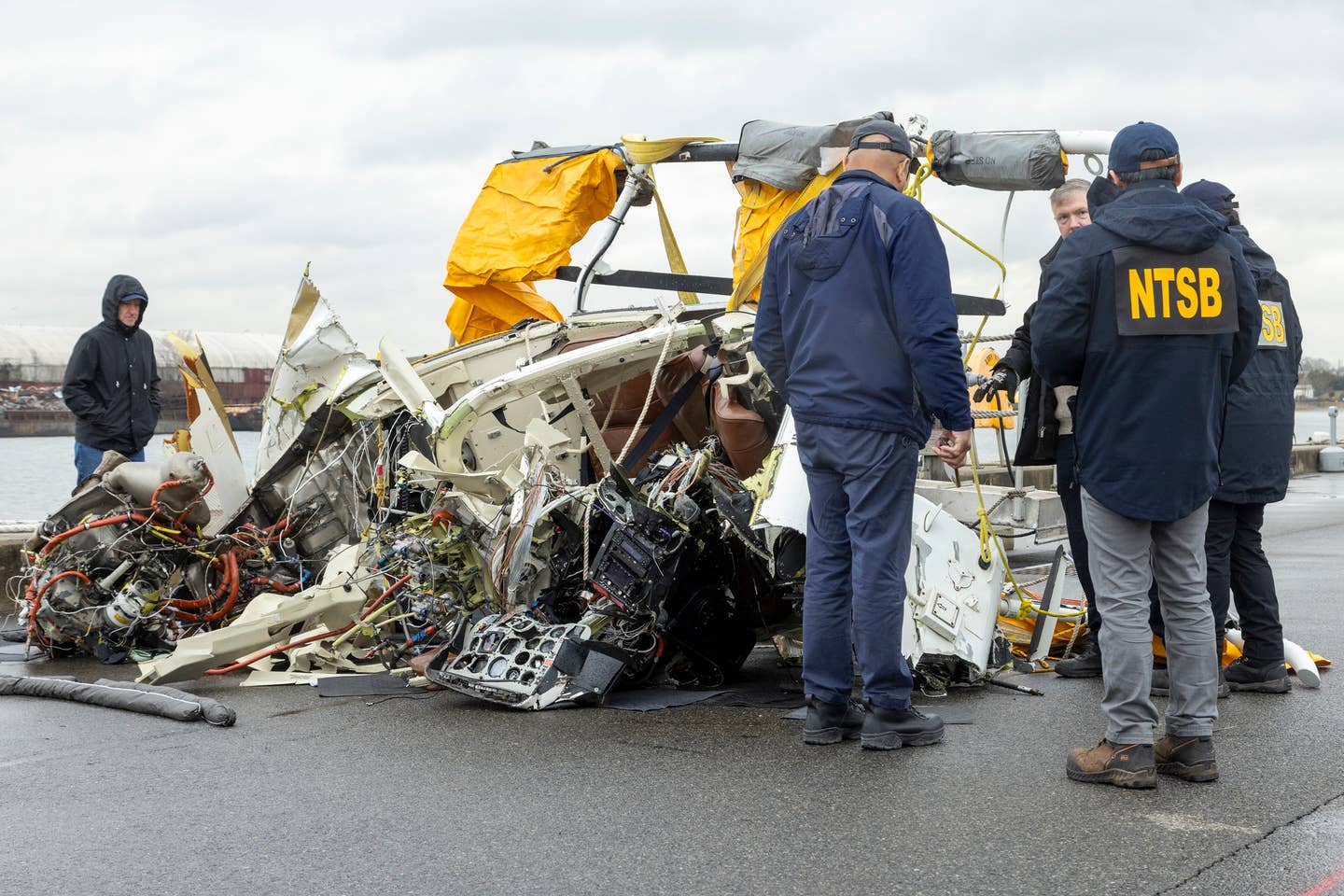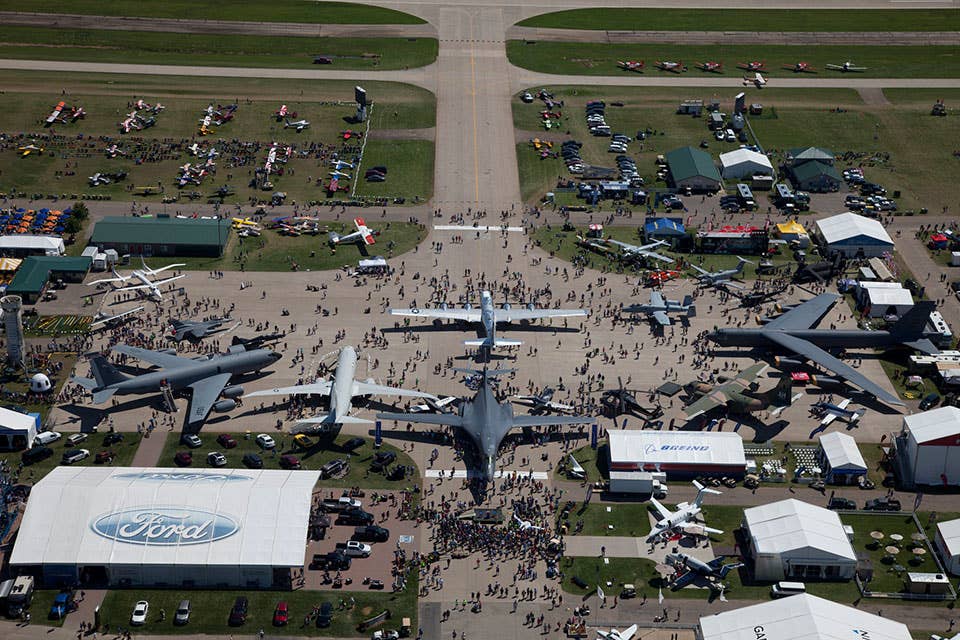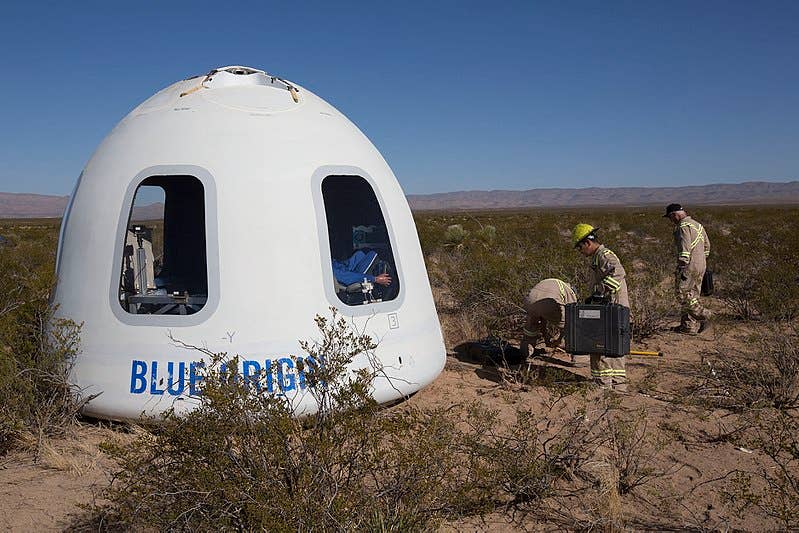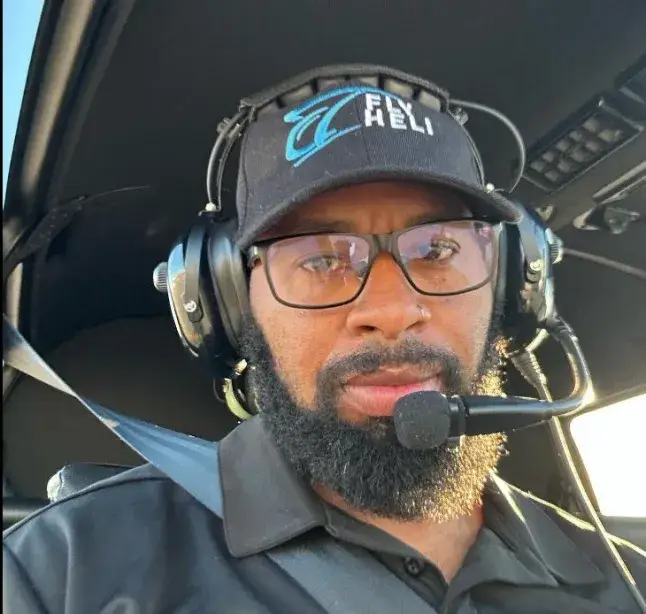Pilot Says Gunfire Preceded Gas Balloon Crash
A pilot competing in the Gordon Bennett Cup long-distance balloon race said gunfire led to the crash of his balloon into a high-voltage power line on Monday. Krzystoff Zapart and…
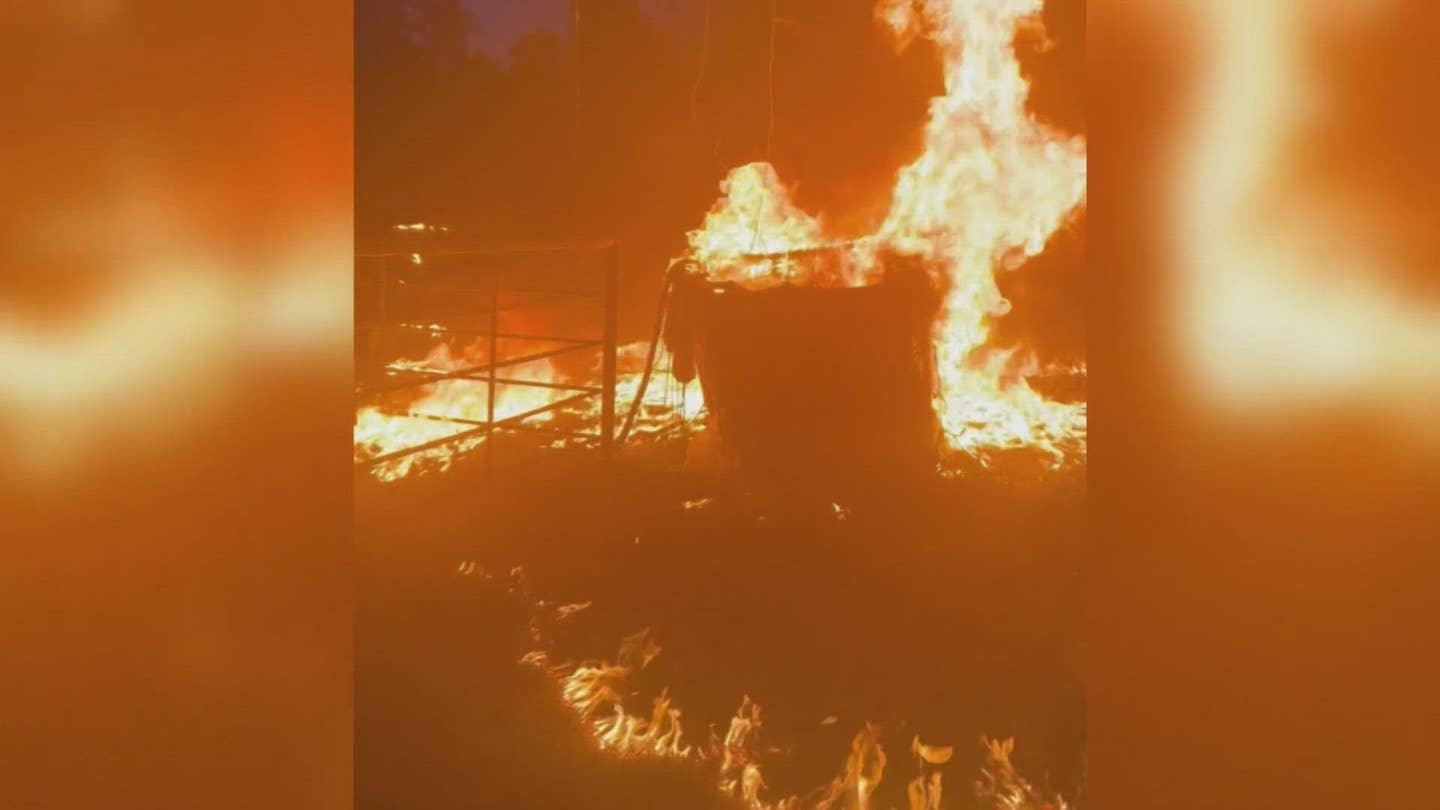
A pilot competing in the Gordon Bennett Cup long-distance balloon race said gunfire led to the crash of his balloon into a high-voltage power line on Monday.
Krzystoff Zapart and teammate Pjotr Halas were piloting the Poland Team 1 balloon after taking off from the Albuquerque International Balloon Fiesta on Saturday. According to race organizers, the pilots ran into trouble while passing over Dallas-Fort Worth airspace at an altitude of 12,000 feet before beginning a descent.
Zapart told a local news station he heard what sounded like automatic gunfire before he began an emergency descent to avoid getting shot. Unfortunately, the gas balloon hit a high-voltage power line, causing it to explode before falling to the ground. Both pilots were taken to the hospital.
In a statement, Balloon Fiesta officials said, “Both are experienced gas balloon pilots who have logged significant time in gas balloons. Our thoughts are with the gentlemen, their families and friends for a full and complete recovery.”
This was the 66th Gordon Bennett gas balloon race in which competitors aim to fly the farthest distance. On Wednesday the race concluded with Team France 2 winning first place.
Authorities are investigating the crash.

